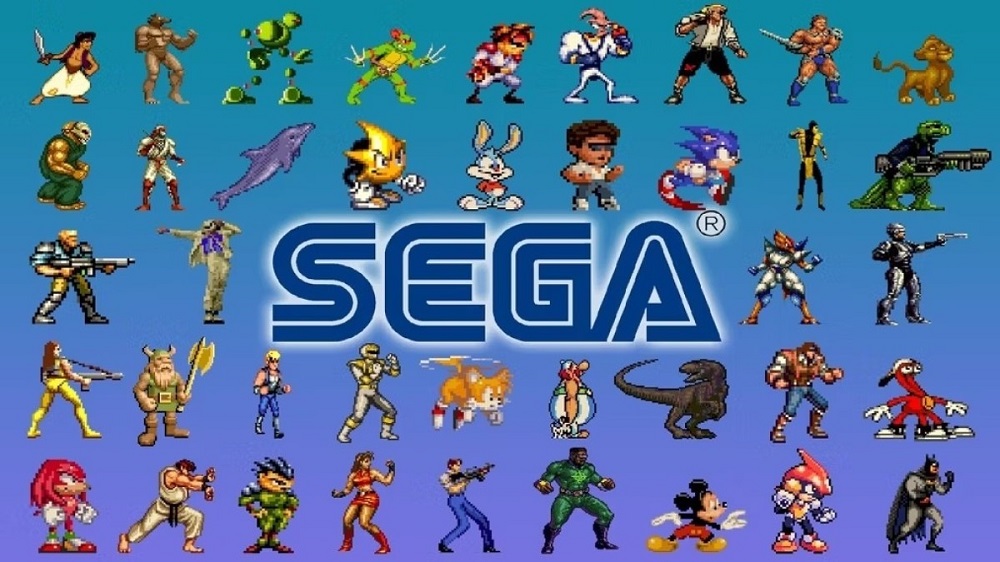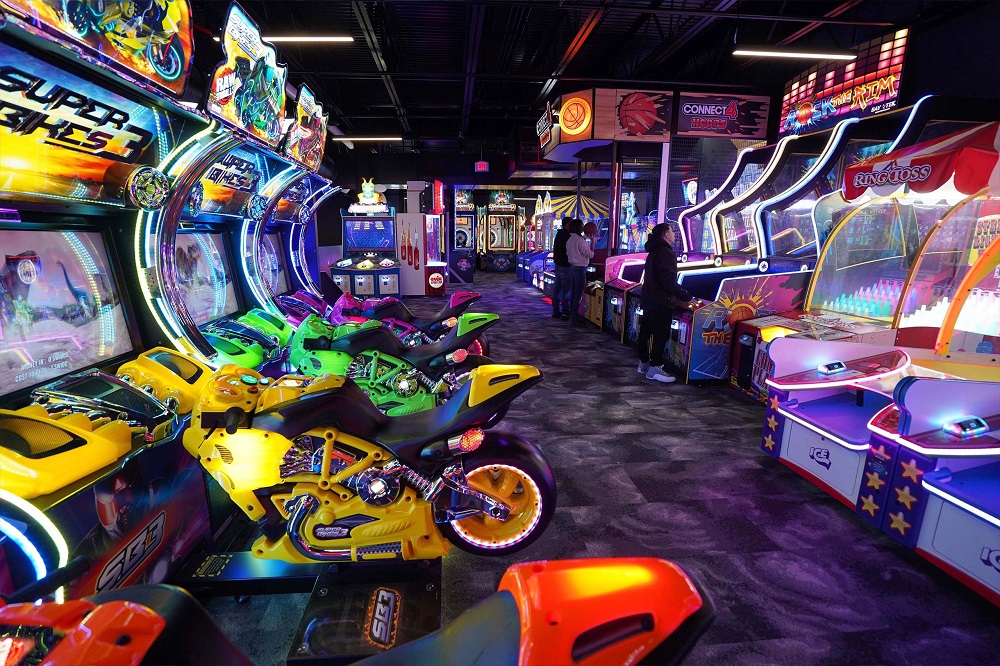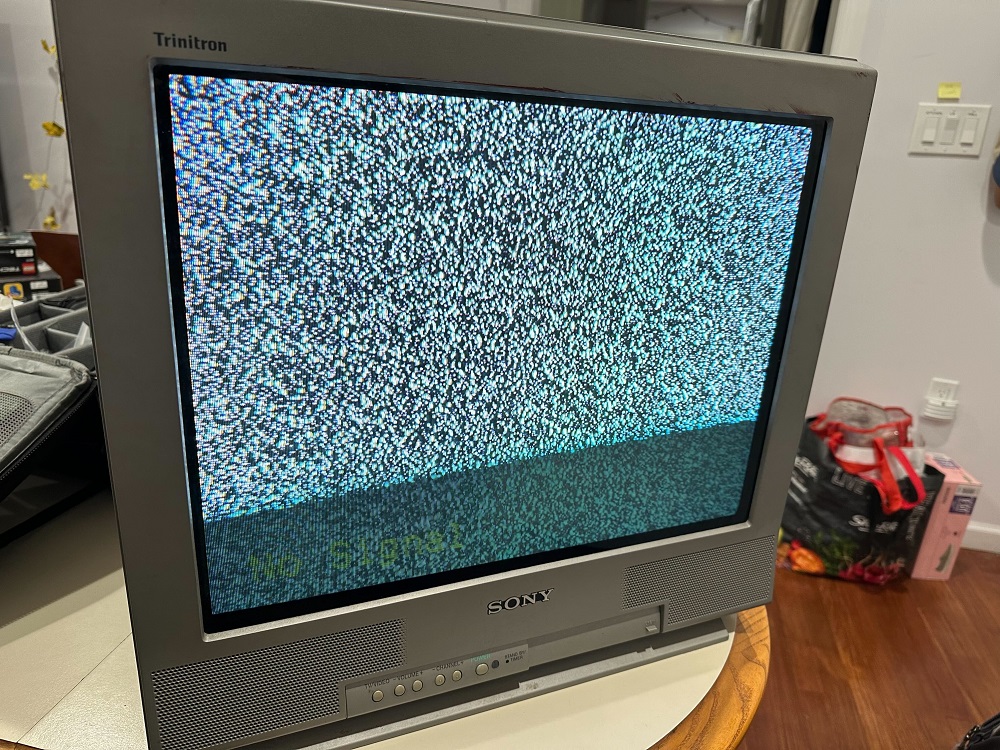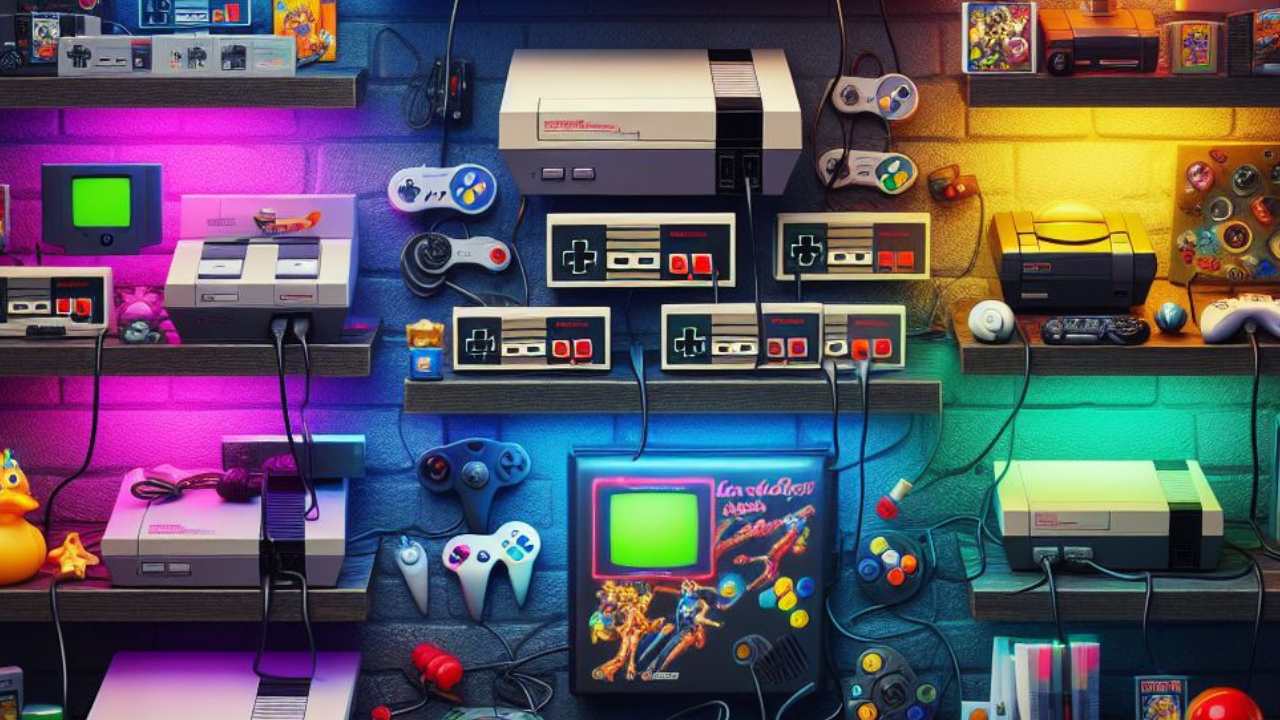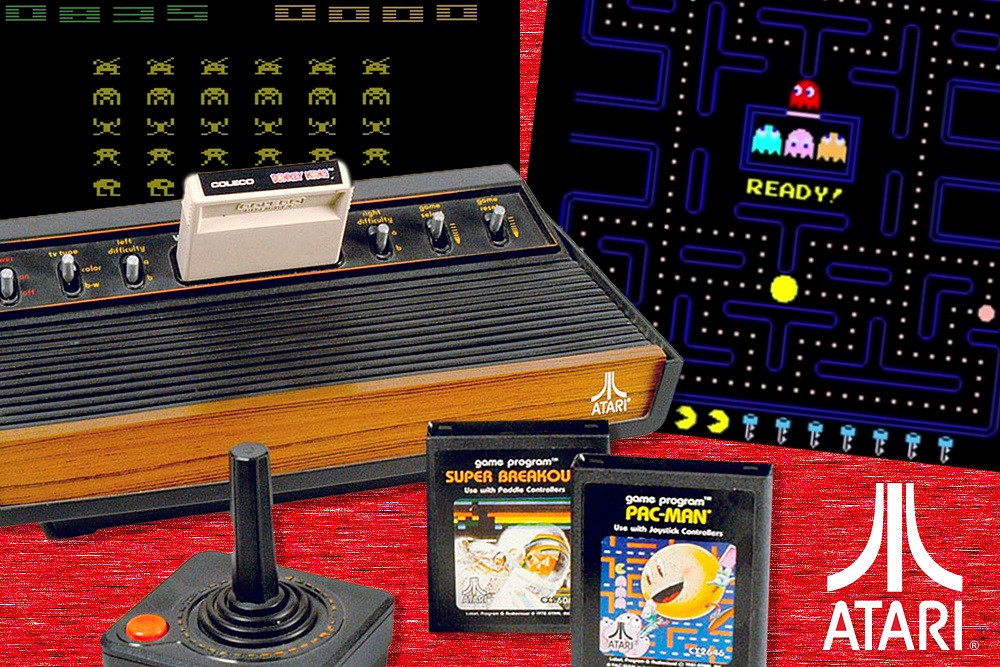When people think of Sega, the first image is usually Sonic the Hedgehog speeding across a loop. But Sega’s story stretches far beyond Sonic. From pioneering arcade cabinets in the 1960s to challenging Nintendo in the home console market, Sega rose to become one of gaming’s most innovative — and daring — companies.
This article from Oldies Nest explores Sega’s fascinating journey: its arcade roots, the bold leap into home consoles, and how it redefined what games could be during the golden age of the 1980s and 1990s.
Sega’s Arcade Beginnings
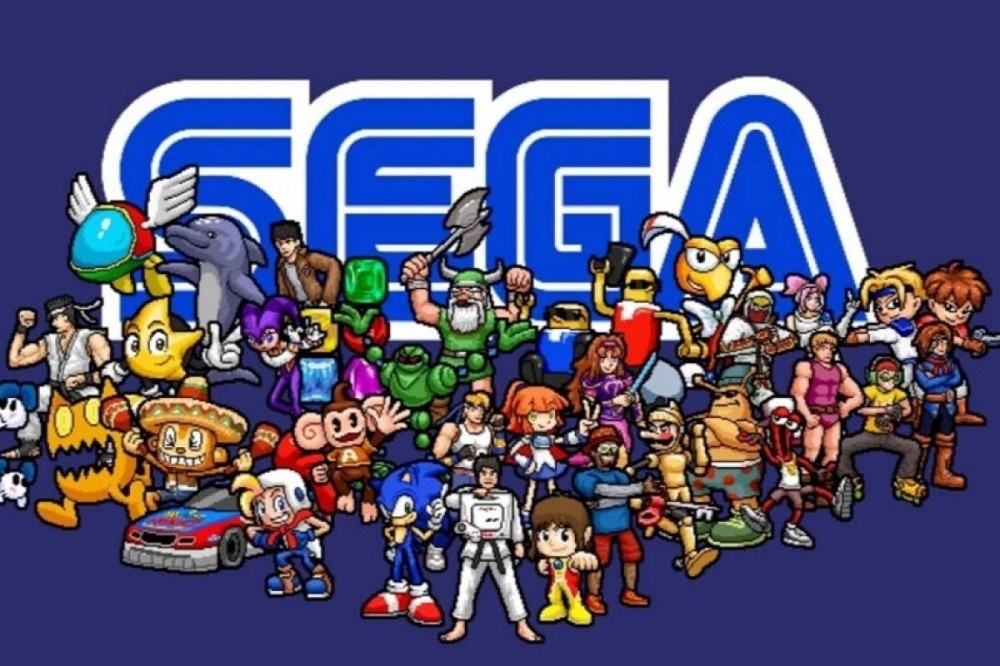
Founded in 1960 as Service Games of Japan, Sega started by manufacturing coin-operated machines. In the 1970s, it broke new ground with arcade hits:
- Periscope (1966) introduced immersive cabinet experiences.
- Zaxxon (1982) wowed players with isometric graphics.
- Hang-On (1985) used motion-sensing arcade bikes, blending physical and digital play.
Sega became synonymous with cutting-edge arcade experiences, rivaling Namco, Capcom, and Konami. Its arcade dominance gave Sega the technical expertise and confidence to step into homes.
The Leap to Home Consoles – SG-1000 and Master System
In 1983, Sega launched the SG-1000, coinciding with Nintendo’s Famicom. While overshadowed by the NES, the SG-1000 laid the groundwork for Sega’s home strategy.
By 1985, Sega introduced the Master System, an 8-bit competitor to the NES. Technically more advanced, with better graphics and a larger color palette, the Master System thrived in Europe and Brazil but struggled in North America against Nintendo’s marketing power.
Still, the Master System proved Sega could build compelling home experiences. As we explored in How the Sega Master System Challenged Nintendo, this early rivalry shaped the industry’s future battles.
The Genesis of Greatness – Sega Enters the 16-Bit Era
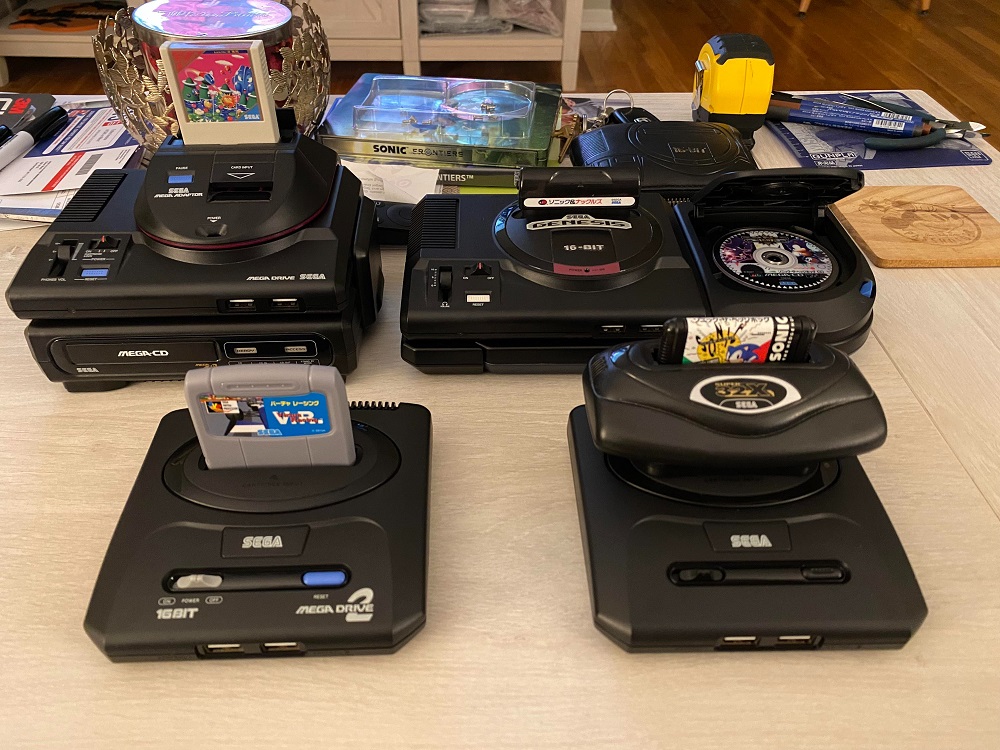
Sega’s true breakthrough came in 1988 with the Mega Drive (known as the Genesis in North America). With its 16-bit Motorola 68000 processor, the Genesis offered arcade-quality graphics and sound at home.
Sega’s aggressive marketing campaign, including the famous slogan “Genesis Does What Nintendon’t,” positioned it as the cool, edgy alternative to Nintendo’s family-friendly image.
Key titles cemented its reputation:
- Sonic the Hedgehog (1991) – Sega’s mascot and cultural icon.
- Streets of Rage – co-op brawler with unforgettable chiptune soundtracks.
- Madden NFL and sports licenses that expanded appeal beyond kids.
The 16-bit console war between Sega Genesis and SNES defined an era of competition, innovation, and some of the best games ever made.
Arcade Innovation Meets Console Creativity
What set Sega apart was how it leveraged its arcade expertise in the home. Sega titles often had:
- Fast gameplay designed for quick thrills.
- Vibrant soundtracks influenced by dance and electronic music.
- Arcade ports like Golden Axe and Altered Beast that made homes feel like mini-arcades.
This blending of arcade roots and console ambition gave Sega a unique identity.
Marketing Mayhem – Sega vs. Nintendo
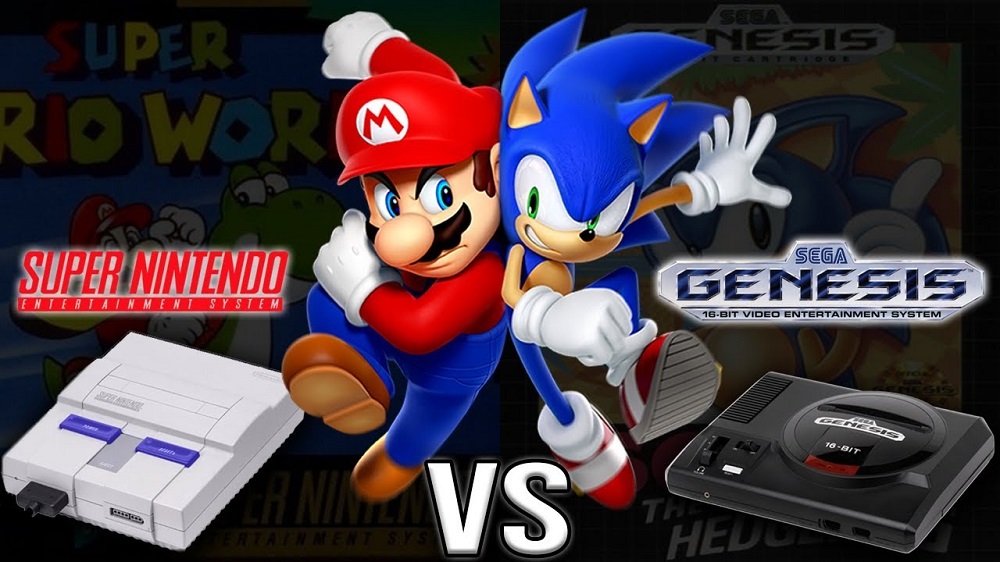
Sega wasn’t afraid to play dirty. Its advertising mocked Nintendo directly, portraying Sega as bold and rebellious.
- Sega’s commercials emphasized speed and attitude, especially with Sonic.
- Magazine ads targeted teenagers, positioning Sega as the console of “cool kids.”
- Cross-promotions with MTV and celebrities tapped into youth culture.
This marketing edge gave Sega an image that resonated with a generation seeking something edgier than Mario.
Hardware Innovation and Risk-Taking
Sega wasn’t content with just one console. It constantly experimented, sometimes too quickly:
- Sega CD (1991): Introduced full-motion video and CD-quality sound.
- 32X (1994): A short-lived add-on meant to bridge the gap to 3D gaming.
- Saturn (1994/95): Technically powerful but difficult to develop for, struggled against PlayStation.
While not all these ventures succeeded, they showed Sega’s fearless innovation — a willingness to experiment that few companies matched.
Dreamcast – Sega’s Bold Swan Song
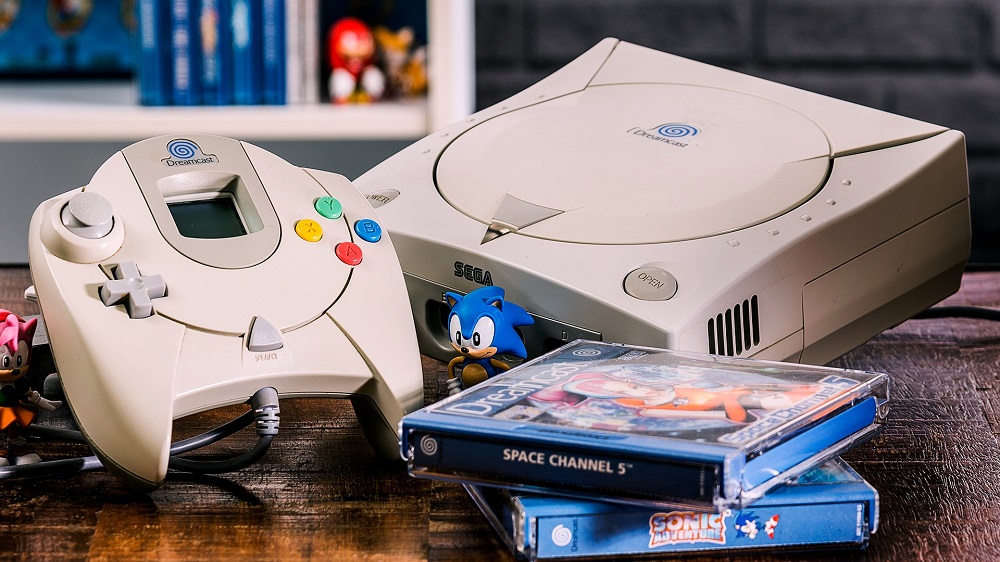
By 1998, Sega launched the Dreamcast, a console ahead of its time with online connectivity, VMU memory cards, and groundbreaking titles like Shenmue and Soulcalibur.
Despite critical acclaim, the Dreamcast couldn’t withstand Sony’s PlayStation 2 juggernaut. Sega exited the console market in 2001, pivoting to become a third-party publisher.
As we covered in Dreamcast: Sega’s Final Console and Its Legacy, the Dreamcast remains a cult classic, beloved for its ambition and innovation.
Sega’s Legacy in 2025
Today, Sega no longer makes consoles, but its legacy thrives:
- Sonic the Hedgehog continues as a cross-platform icon.
- Arcade heritage influences modern retro-style games.
- Sega’s bold marketing and experimentation inspire today’s indie developers.
From arcades to living rooms, Sega proved that gaming wasn’t just play — it was culture.
Why Sega Still Matters
Sega’s rise matters because it showed that competition drives creativity. Without Sega, Nintendo might never have innovated as aggressively. Without Sega’s risks, gaming might not have evolved as quickly.
Even after leaving the hardware market, Sega’s DNA runs through the industry: a spirit of boldness, style, and experimentation.
From a coin-operated machine maker to a global console rival, Sega’s rise is one of gaming’s most fascinating stories. Its legacy is not just in hardware, but in how it shaped competition, design, and culture.
Though Sega no longer builds consoles, its influence endures — in the speed of Sonic, in the style of indie retro titles, and in the memories of gamers who grew up with “Genesis Does What Nintendon’t.”
Sega may have stepped out of the console wars, but its legacy as a pioneer remains untouchable.
